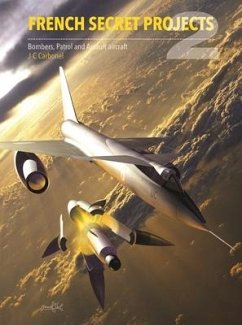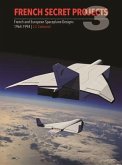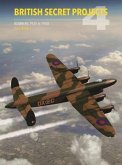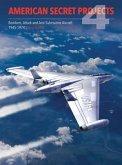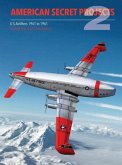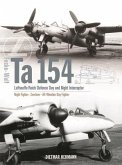It was as early as 1944 that France began the mammoth task of re-building its military aircraft industry after the dark years of occupation. Starting with German aircraft that were under development in French factories, and captured Luftwaffe types, manufacturers and designers set about developing high performance aircraft for its armed forces. A measure of their success was the fact that the first French-built aircraft to break the sound barrier did so just five years later, in 1949. Although less well-documented than the British, American and Soviet aviation industries, it was French aircraft manufacturers that produced some of the most innovative, and indeed outlandish, bomber, patrol and assault aircraft projects, proposals, designs and prototypes of the Cold War era. As France became a nuclear power, so its requirements for nuclear strike aircraft (such as the Dassault Minerve V) grew and many projects for advanced strike aircraft, including Vertical Take-Off and Landing (VTOL) designs, followed. Turbojet, ramjet and rocket propulsion and supersonic designs were all researched, sometimes taking advantage of captured German wartime technology or using national pre-war research. Some designers even took a diversion into flying saucers and 'anti-gravity' machines, as well as presenting serious proposals for nuclear-powered aircraft. Even as the British aviation industry was beginning to be constrained by rising costs and economic realities, just across the Channel it was the French aerospace houses which continued to push the boundaries and imagine the improbable. Companion volume to the acclaimed French Secret Projects 1; period drawings, promotional art, photographs or prototype aircraft, mock-ups, wind tunnel and promotional models are all combined with an authoritative and occasionally wry narrative to present, in French Secret Projects 1, a comprehensive view of French military bomber and strike aircraft designs from the Liberation of France to the late twentieth-century.

